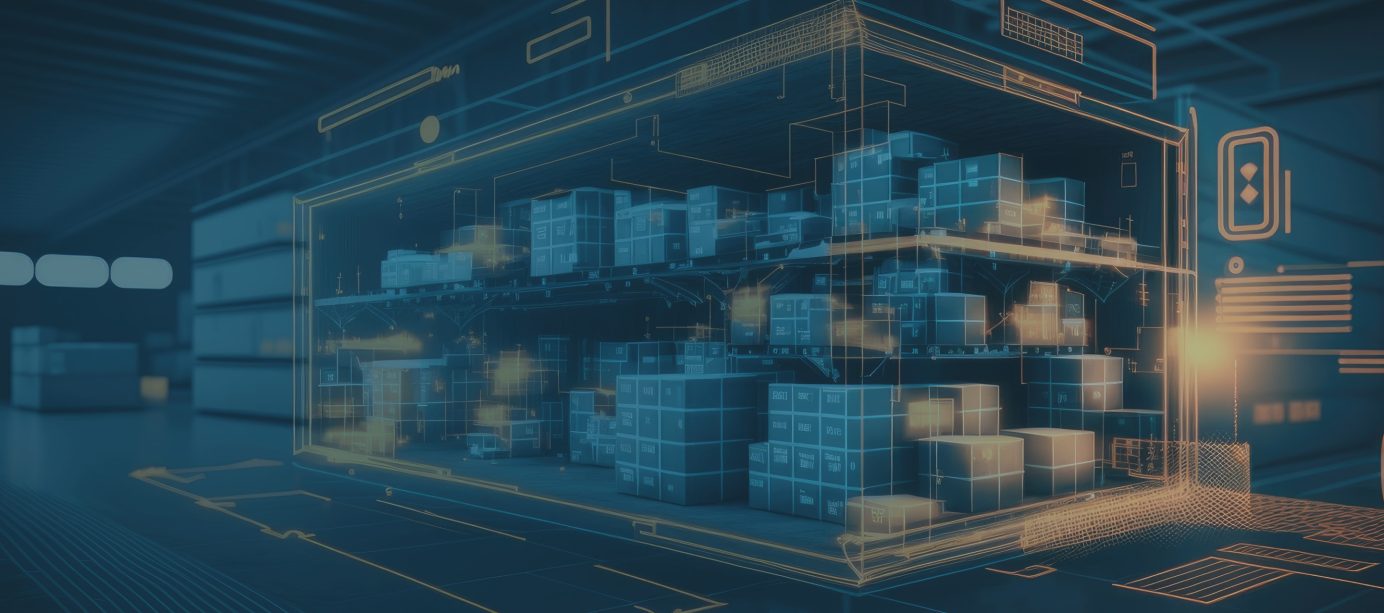
By Tony Rost
Global Managing Director
Cloud
Logic has spent the past several months helping our retail clients discover practical ways to create value using the remarkable set of AI technologies that have emerged in the last year. The good news is that for retailers with a solid data strategy, adopting new AI technology is straightforward. However, retailers without a mature data and analytics framework still have some catching up to do—especially those who lack the infrastructure and cloud technologies that make such a framework possible.
In my conversations with retailer leaders, I find myself fielding the following questions more and more, “What are the real algorithms people are talking about? How do they work? Can you give me a practical example of how they are being used today?”
For retail CIOs new to machine learning, AI can seem abstract and futuristic, even overwhelming. To bring AI down to earth, I decided to write this blog to share the top five AI algorithms we at Logic see retailers implementing, ranked by popularity.
1. Deep Learning Algorithms: Convolutional Neural Networks (CNNs) & Recurrent Neural Networks (RNNs)
Deep learning uses artificial neural networks with multiple layers (“deep” structures) to learn from data. When you think of advanced AI, you are usually referring to neural nets. Although it can get nerdy, here is a video I often share to help people understand the tech. I also send people to Daniel Shiffman, my favorite YouTube educator.
Convolutional Neural Networks (CNNs), introduced by Yann LeCun in 1989, excel in processing grid-like data, such as images. In retail, CNNs are widely used for visual search and inventory management. For example, a customer could upload an image of a dress they like, and the CNN can find similar items from an online store. CNNs can also play a role in inventory management. By processing images of store shelves, they can identify which items need restocking.
Recurrent Neural Networks (RNNs), particularly Long Short-Term Memory (LSTM) units (introduced by Hochreiter & Schmidhuber in 1997), are designed to recognize patterns in sequences of data, such as time-series data. Retailers are already using LSTMs to more accurately forecast demand to right-size inventory, for example by analyzing past sales data to predict the future demand for a product. Retailers are also using LSTMs to analyze customer behavior sequences to predict future purchases. This enables them to deploy timely, highly personalized promotions.
2. Large Language Models: GPT-4 and Beyond
GPT-4, developed by OpenAI and introduced in March 2023, can generate human-like text. It’s essentially an AI that can understand and generate human language.
In retail, GPT can be used for creating product descriptions. For instance, you can input the product specifications, and GPT can generate a compelling description instantly. GPT can also play a powerful role in customer service by providing quick responses to routine customer inquiries, freeing up customer service representatives to handle more complex issues.
GPT-4 can solve difficult problems with greater accuracy, thanks to its broader general knowledge and problem solving abilities.
3. Decision Tree Algorithms: Random Forest
The Random Forest algorithm, introduced by Leo Breiman in 2001, is a collection of decision trees that aggregates their results to minimize overfitting.
In retail, Random Forest is often used to predict customer churn. By analyzing a customer’s purchase history, feedback, and other data, this algorithm can predict customers who are likely to stop doing business with retailers, so that they can take proactive measures to retain them. Retailers also use the Random Forest algorithm to create more accurate sales forecasts for individual items by considering factors like past sales, seasonality, and promotions.
4. Clustering Algorithms: K-Means
The K-Means algorithm, proposed by Stuart Lloyd in 1957, partitions data into clusters, where each data belongs to the cluster with the nearest mean.
Retailers use K-Means for customer segmentation. By analyzing purchase behavior, demographic data, and customer feedback, they can group similar customers together, allowing for targeted marketing efforts. The K-Means algorithm can also help retailers identify products that are often bought together. Retailers can then use that information to optimize store layouts and drive higher cross-sell rates.
5. Association Rule Learning: Apriori Algorithm
The Apriori Algorithm, introduced by Agrawal and Srikant in 1994, identifies items that are often purchased together.
Retailers use the Apriori Algorithm for market basket analysis. For example, the algorithm might demonstrate that customers who purchase barbecue grills often buy charcoal at the same time. Retailers can use this information to create packaged deals or to strategically place these items near each other in the store to encourage additional purchases. In an e-commerce setting, retailers can also use these associations to recommend additional products to customers as they’re checking out.
The Apriori algorithm can also play a role in planning promotions. By understanding which items are frequently bought together, retailers can offer targeted discounts that are likely to result in increased sales. For instance, if the algorithm shows that customers who buy diapers often buy baby wipes as well, a retailer could offer a discount on baby wipes to customers purchasing diapers, thereby encouraging them to buy both items.
And that’s just the beginning…
The true power of AI lies in its adaptability. While these five algorithms are among the most popular in the retail industry, there are a huge number of potential applications of AI across every aspect of retail.
Remember, the effectiveness of these algorithms will depend significantly on the quality and quantity of data available. In other words, a robust data infrastructure is a critical prerequisite. By staying focused on this goal, you can ensure that your business is well-positioned to leverage these opportunities and achieve continued success.
Logic makes sense of Retail GPT
Logic has implemented dozens of ML algorithms in the retail industry. To learn how to incorporate machine learning into retail workloads, contact us today.
As the Global Managing Director of Logic’s Cloud practice, Tony helps our clients establish the robust cloud platforms they need to power the next-generation customer experiences. He brings more than two decades of experience in cloud and managed services. Tony has served as a vCTO/vCIO for several major companies, including Sony, Disney, and Warner Bros.
→ Visit part 2 of this blog, “ChatGPT for Retail, by ChatGPT”




 GPT-4 can solve difficult problems with greater accuracy, thanks to its broader general knowledge and problem solving abilities.
GPT-4 can solve difficult problems with greater accuracy, thanks to its broader general knowledge and problem solving abilities.